Data Modeling Basics – PostgreSQL vs. Cassandra vs. MongoDB
This post aims to help application developers understand the choice of SQL vs. NoSQL in the context of the data modeling needs of an application.
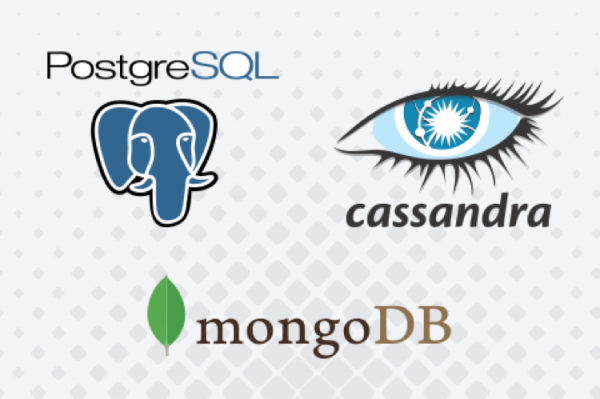
This post aims to help application developers understand the choice of SQL vs. NoSQL in the context of the data modeling needs of an application.
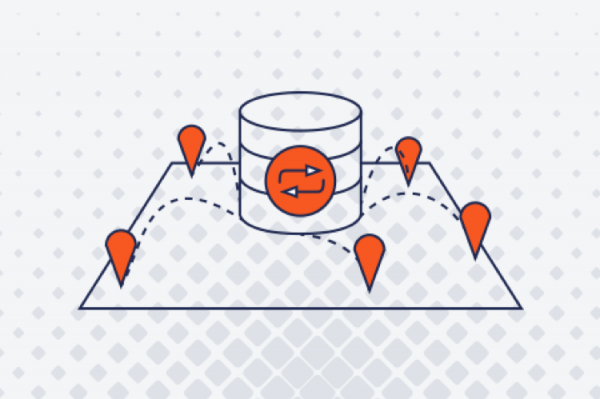
Our post Getting Started with Distributed Backups in YugabyteDB details the core architecture powering distributed backups in YugabyteDB. It also highlights a few backup/restore operations in a single region, multi-AZ cluster. In this post, we perform distributed backups in a multi-region YugabyteDB cluster and verify that we achieve performance characteristics similar to those observed in a single region cluster.
We configured a 9 node cluster with 3 availability zones across 2 regions and repeated the benchmark introduced in the post.
…
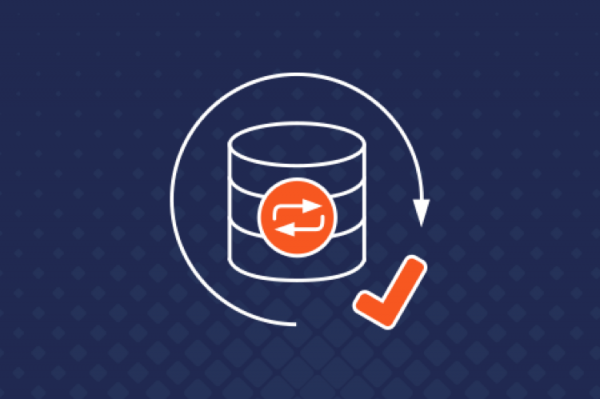
YugabyteDB is a distributed database with a Google Spanner-inspired strongly consistent replication architecture that is purpose-built for high availability and high performance. This architecture allows administrators to place replicas in independent fault domains, which can be either availability zones or racks in a single region or different regions altogether. These types of multi-AZ or multi-region deployments have the immediate advantage of guaranteeing organizations a higher order of resilience in the event of a zone or region failure.
…
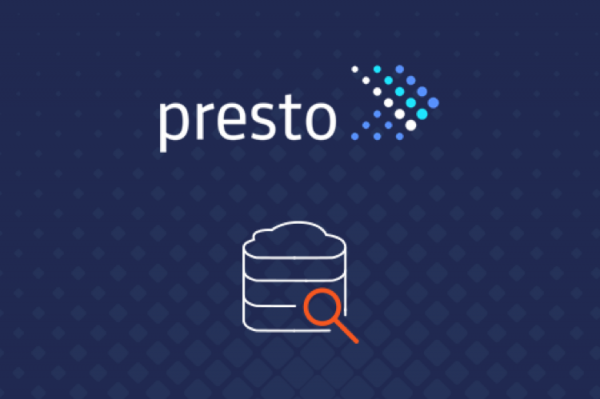
This post describes how you can run Presto queries on YCQL API as well as join data across the YCQL and YSQL APIs.
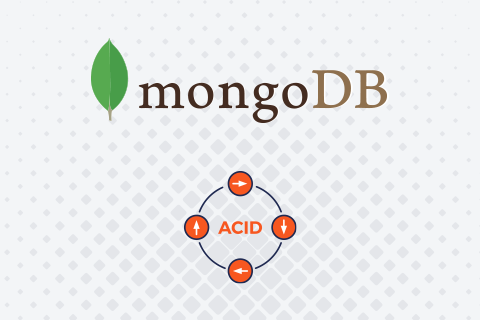
MongoDB’s “schemaless” JSON data modeling was initially attractive to web app developers looking to escape the constraints of traditional relational databases, but issues with data durability and ACID transactions have been a consistent challenge. While the recent MongoDB 4.0 release includes multi-document transaction support, this post explores where the platform falls short for transactional, high performance apps.
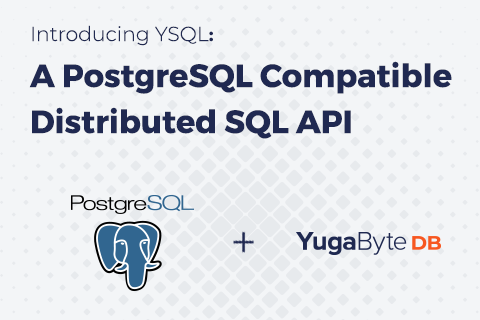
In this post, we will look at the architecture of YSQL, the PostgreSQL-compatible distributed SQL API in YugabyteDB. We will also touch on the current state of the project and the next steps in progress. Here is a quick overview:
…
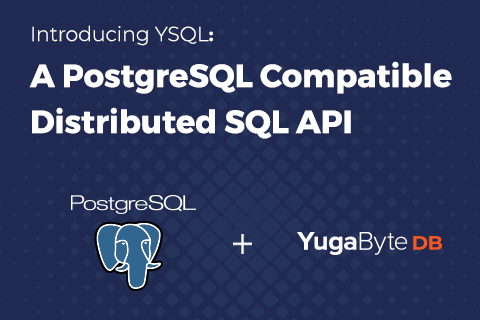
YugaByte has introduced YSQL, a PostgreSQL-compatible distributed SQL API in YugabyteDB’s 1.1 release. This architecture enables developer agility, operational simplicity, and scalability, addressing the needs of fast-growing online services and cloud-native deployments.

Let’s take a look at the evolution of transactions in Apache Cassandra especially in the context of Quorum Reads/Writes, Lightweight Transactions and Secondary Indexes.
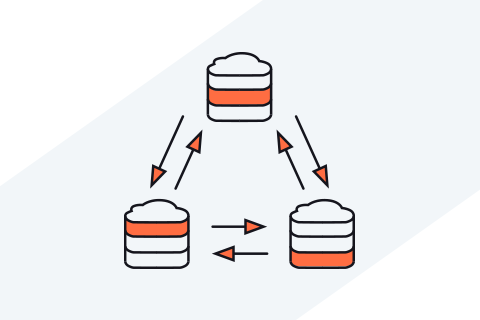
Prof. Daniel Abadi, lead inventor of the Calvin transaction management protocol and the PACELC theorem, wrote a thought-provoking post last month titled “NewSQL database systems are failing to guarantee consistency, and I blame Spanner”. The post takes a negative view of software-only Google Spanner derivative databases such as YugabyteDB and CockroachDB that use Spanner-like partitioned consensus for single shard transactions and a two phase commit (2PC) protocol for multi-shard (aka distributed) ACID transactions.
…
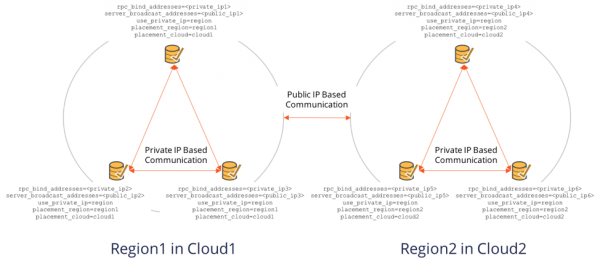
Welcome to another post in our ongoing series that highlights new features from the latest 1.1 release announced last week. Today we are going to look at the importance of public IP addresses and hostnames in simplifying multi-cloud and hybrid cloud deployments.
In modern cloud deployments, servers often have a combination of private IP addresses (used in the private LAN and often the IP address of the network interface on the server),
…